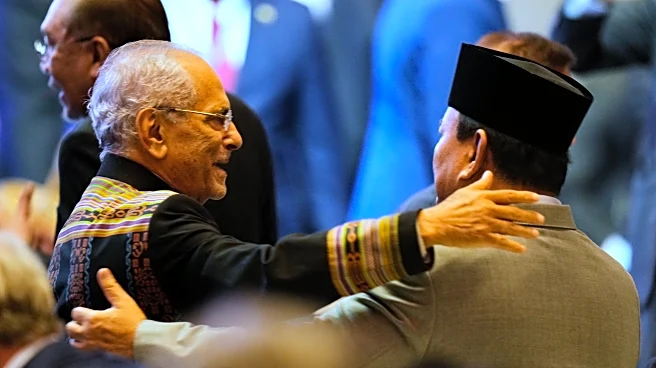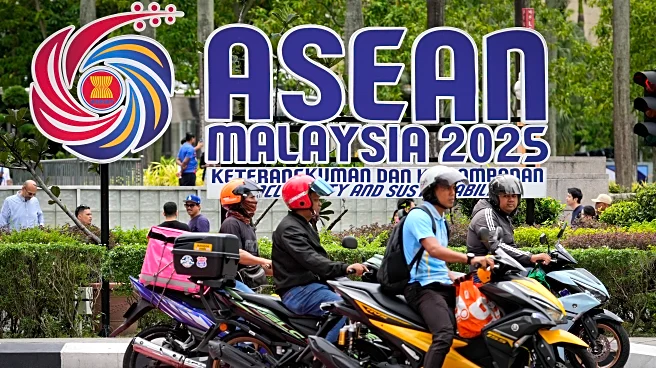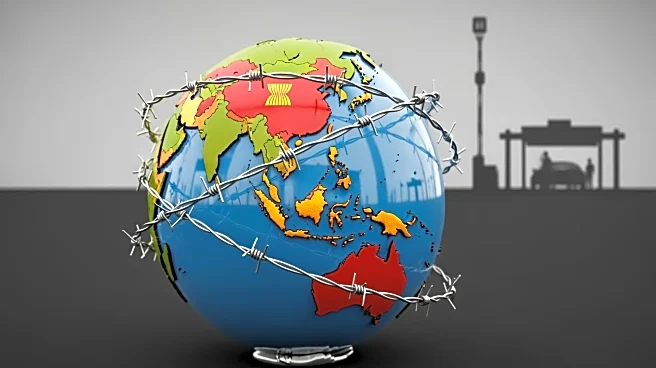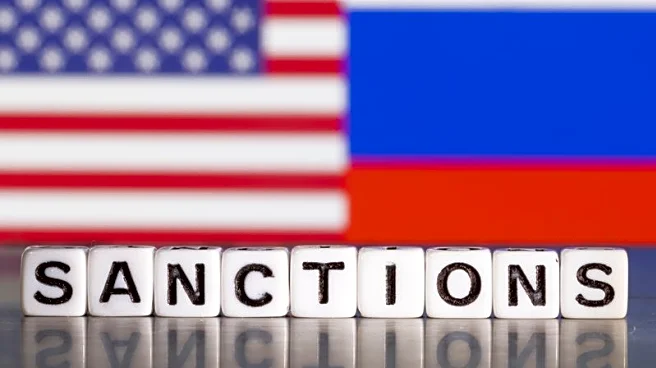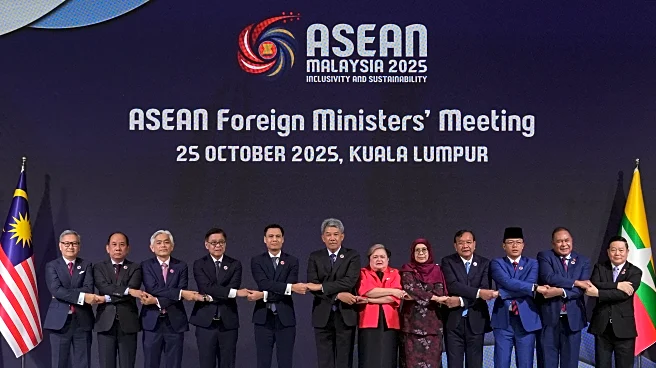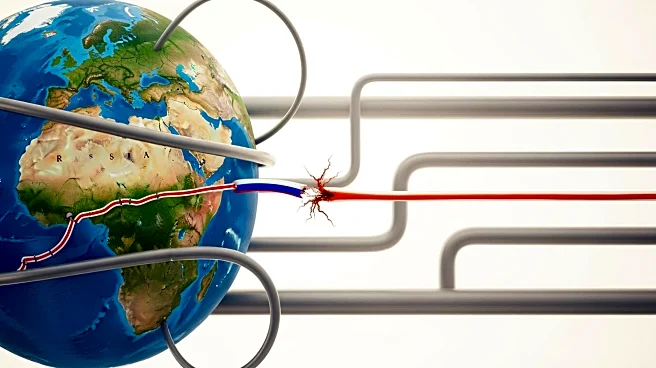What's Happening?
Direct flights between India and China have resumed after a five-year break, signaling improved relations between the two countries. An IndiGo flight from Kolkata to Guangzhou marked the first direct connection
since flights were halted due to the COVID-19 pandemic and border tensions. The resumption follows agreements on military disengagement and renewed dialogue. China Eastern Airlines and IndiGo plan additional routes, enhancing travel and trade opportunities. The Indian government views this development as a step towards normalizing bilateral exchanges.
Why It's Important?
The return of direct flights between India and China is a significant milestone in bilateral relations, potentially boosting economic and cultural ties. It reflects efforts to ease tensions and foster cooperation, which could lead to increased trade and investment. The move may also affect U.S. interests, as India and China strengthen their partnership amid global geopolitical shifts. Improved relations could influence regional dynamics, particularly in the context of U.S. tariff threats and scrutiny over ties to Russia.
What's Next?
With direct flights resumed, India and China are likely to continue efforts to normalize relations and expand economic cooperation. Upcoming flights between major cities suggest increased travel and trade, potentially leading to further diplomatic engagements. Both countries may explore additional areas of collaboration, such as technology and infrastructure, to bolster their partnership. The U.S. may monitor these developments closely, considering the implications for its own strategic interests in Asia.
Beyond the Headlines
The resumption of flights highlights the role of transportation in diplomatic relations, serving as a bridge for people-to-people contact and economic exchanges. It underscores the importance of connectivity in fostering mutual understanding and cooperation. As India and China navigate their complex relationship, transportation links may play a crucial role in shaping future interactions and reducing historical tensions.



